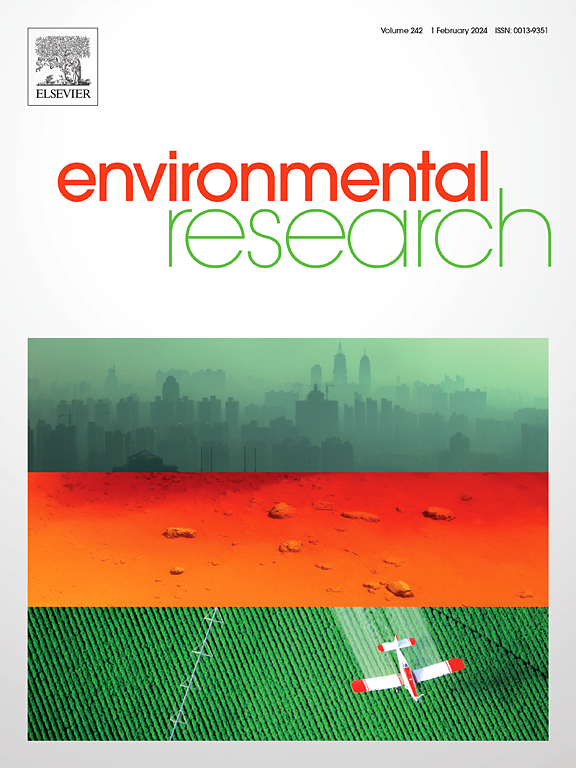Enrichment of Nitrosocosmicus-AOA in situ and their vertical distribution characteristics in aerated biofilters
IF 7.7
2区 环境科学与生态学
Q1 ENVIRONMENTAL SCIENCES
引用次数: 0
Abstract
Ammonia-oxidizing archaea (AOA) are promising candidates for replacing ammonia-oxidizing bacteria in wastewater treatment. However, limited efforts have been made to enrich copiotrophic-AOA in situ competitively. To this end, two laboratory-scale intermittent aerated biofilters (upflow-aerated biofilter (R1) and downflow-aerated biofilter (R2)) were comparatively employed for the treatment of mainstream wastewater. An extended non-aerobic cycling strategy led to higher residual ammonia-nitrogen levels (0.01–18.7 mg/L), denser biofilms, and facilitated the dominance of Nitrosocosmicus-like AOA (R1: 70.31 %; R2: 82.32 %). Additionally, the AOA in both biofilters were the main contributors (62 %–66 %) to the highly efficient nitrification process. Compared with R1, R2 had a higher abundance of Nitrosomonas and Nitrospira, a lower ammonia oxidation rate, and a simpler co-occurrence network of nitrifiers. The protein content induced by intermittent aeration significantly affected the AOA community. Candidatus Brocadia (3.62 %–7.82 %) was also auto-enriched in both biofilters. Therefore, in situ enrichment of Nitrosocosmicus-dominant nitrifying microorganisms is conducive to developing an environment-friendly, energy-efficient, high ammonia-nitrogen removal AOA-based partial nitrification-anammox process.

求助全文
约1分钟内获得全文
求助全文
来源期刊

Environmental Research
环境科学-公共卫生、环境卫生与职业卫生
CiteScore
12.60
自引率
8.40%
发文量
2480
审稿时长
4.7 months
期刊介绍:
The Environmental Research journal presents a broad range of interdisciplinary research, focused on addressing worldwide environmental concerns and featuring innovative findings. Our publication strives to explore relevant anthropogenic issues across various environmental sectors, showcasing practical applications in real-life settings.
 求助内容:
求助内容: 应助结果提醒方式:
应助结果提醒方式:


